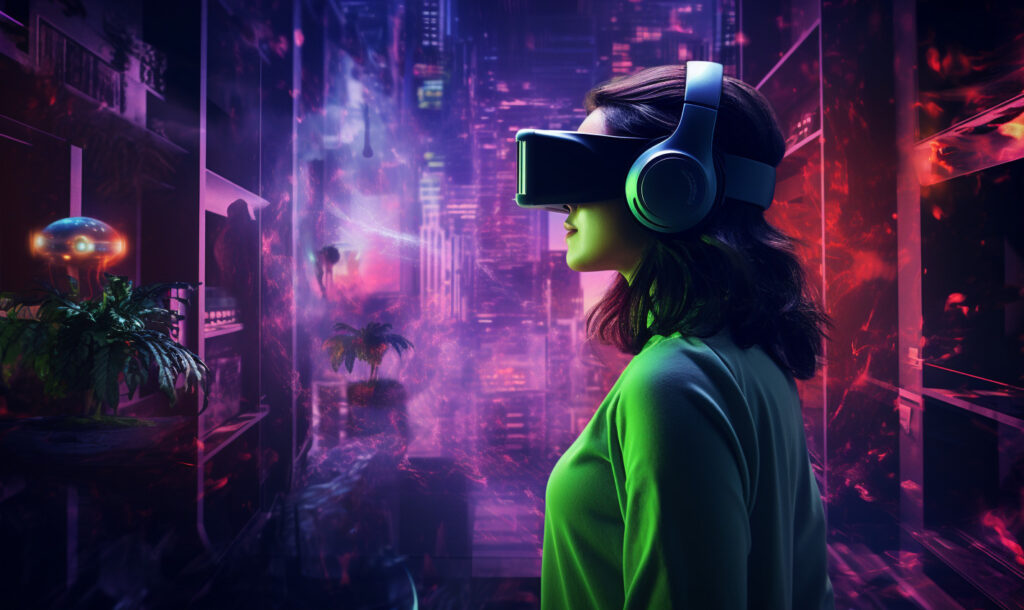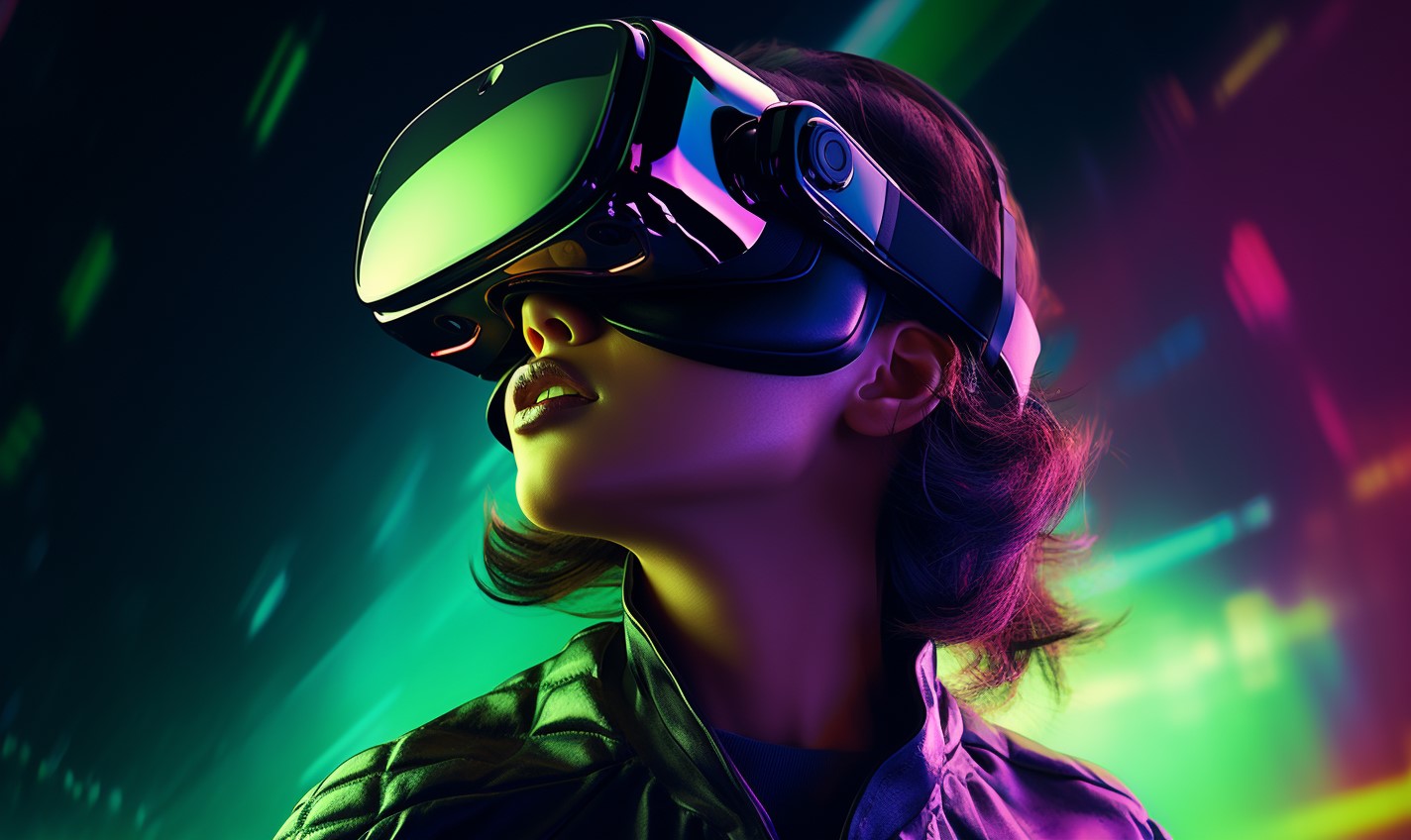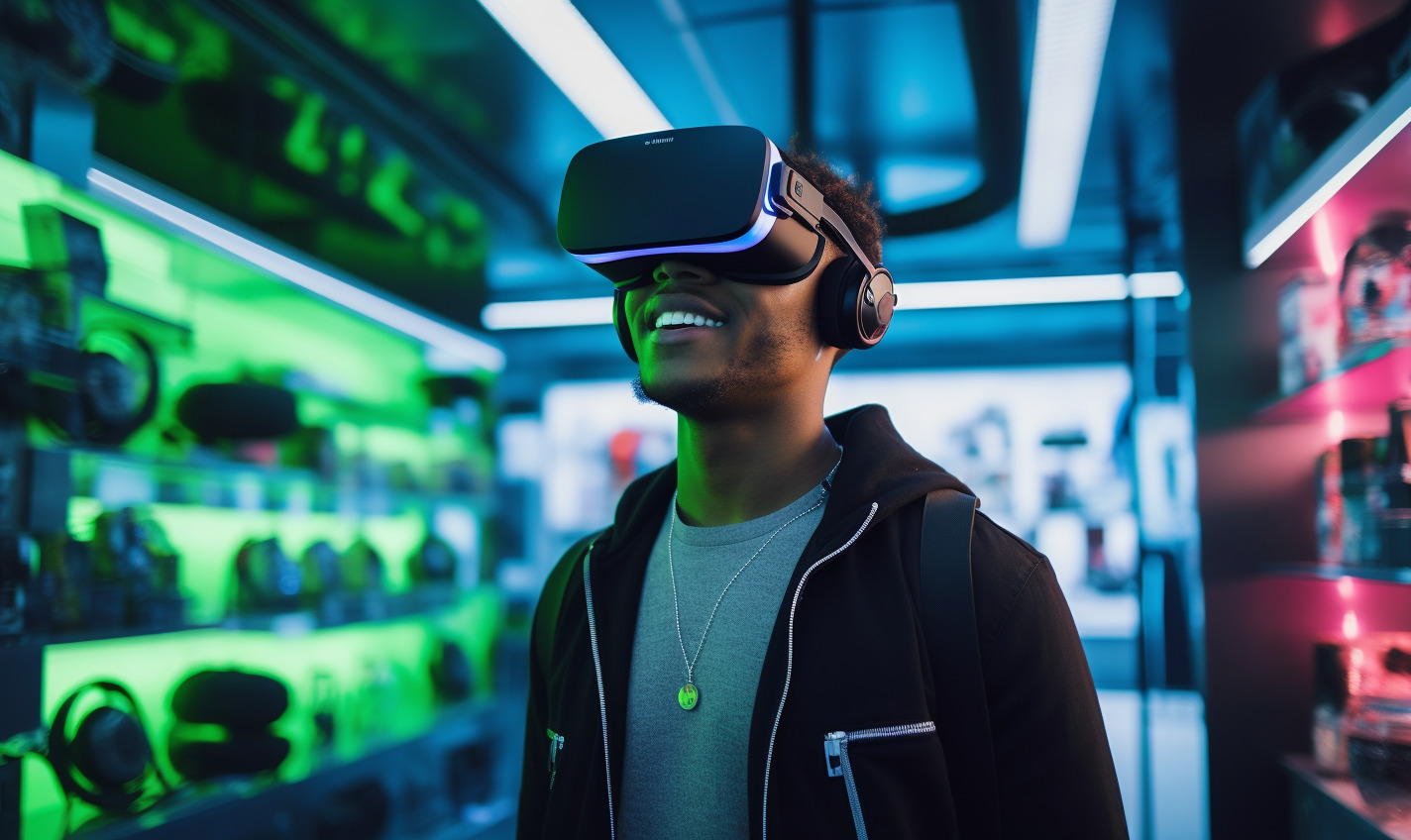Most of us face stress and anxiety in our lives to varying degrees. But mental health disorders are probably more prevalent than you realize, with an estimated one in five people in the U.S. experiencing a mental disorder.
These disorders can range anywhere from mild to completely debilitating, including general stress and anxiety, fears and phobias, depression, post-traumatic stress disorder (PTSD) and more.
While traditional talk therapy could be an effective treatment option, many of us simply don’t have the time, money or resources to find a therapist.
In fact, one study found a lack of funds to be the number one reason Americans don’t seek treatment from mental health care professionals. Plus, more and more people are searching for treatment options that don’t include the use of drugs.
That’s where virtual reality comes in. Is it possible this new technology could become the future of mental health treatment?
What Is Virtual Reality Therapy?
Administering therapy through virtual reality is done with a variety of methods. One straightforward practice is to use teletherapy to connect qualified therapists who use VR tools with remote patients. This allows people to speak with a therapist without having to travel to a doctor’s office, something some can’t do.
Other uses involve creating an immersive environment to expose patients to their anxiety triggers. This allows patients the chance to confront their fears or stress-inducers in a safe, controlled environment. There, they can learn how to respond positively to events instead of experiencing stress.
What’s especially great about this tech is it enables practitioners to use highly customized treatment plans based on the needs of the patient. And, because of the immersive powers of VR, the experience is more authentic and engaging, something many think as more effective than traditional talk therapy.
Virtual reality therapy is used to treat a number of conditions, including:
- Addiction
- Phobias
- Mood Disorders
- Pain Management
- Sleep Disorders
- Panic Attacks
- Obsessive Compulsive Disorder (OCD)
- Attention Deficit Disorder (ADD)
- Post-Traumatic Stress Disorder (PTSD)
VR Therapy Today
Due to virtual reality being an economical and effective solution, many health and research programs have already adopted the tech. One such program is the Duke Faculty Practice, which offers a virtual reality treatment program for phobias involving heights, elevators, thunderstorms, public speaking and flying.
The program works by first interviewing the patient about their specific anxieties. Then, they are placed in a customized, computer-generated 3D world. As the patient interacts with the virtual world, a therapist is available nearby for guidance. The program claims participants see the most benefit within six to 12 sessions.
Another example is the University of Southern California’s Institute for Creative Technology, which has used virtual reality to treat PTSD since the 1990s. Dr. Albert “Skip” Rizzo, the Director of Medical Virtual Reality at the program, aided the development of the project’s application, called Bravemind.
With Bravemind, Dr. Rizzo and his team use virtual reality to offer exposure therapy, placing patients in a retelling of an experience to confront traumatic memories.
In addition to the visuals, other stimuli presented include directional audio, vibrations and smells. This immersive experience allows the patient to confront trauma in safe and controlled conditions.
With virtual reality becoming more affordable for consumers, companies also create VR therapy experiences that can be delivered directly through a mobile app. One example is Arachnophobia, an app where people can engage in self-guided exposure therapy.
For this specific app, users are exposed to an increasing number of spiders in the room. And, during the session, you aren’t able to move your hands or arms. The theory is that, over time, you can condition yourself to be near spiders without anxiety or fear.
While there are plenty of ways practitioners and scientists put virtual reality to use, what many people still want to know is — does it work?
Does Virtual Therapy Work?
Researchers have used virtual reality to treat phobias since the 1990s. Since then, advancements around the tech have allowed practitioners to address more serious anxiety disorders such as PTSD and anxiety associated with paranoid schizophrenia.
One study showed when people confront their fears in VR, even though they consciously know the environment is not real, they have higher heart rates and increased levels of the stress hormone cortisol.
Another study in 1995, which focused on 10 participants, found a significant decrease in the fear of heights after seven weeks of sessions. And, two decades later, research shows VR treatments for phobias can ease fears around real-life triggers.
When it comes to treating more complex disorders with virtual reality, such as PTSD, the jury is still out.
While some studies show the improvement of symptoms — one study, which used MRI scans, indicated therapy restored patients’ brain activity to normal patterns — no single treatment works for everyone. While some see great success with virtual reality therapy, others see no improvements or can’t even proceed due to motion sickness.
The Future of Virtual Reality Therapy
There’s still much more to learn about the effectiveness of virtual reality and the best ways to put it to use. As the tech continues to advance, there’s no doubt we’ll see more research done on therapy options targeting individuals who experience mental health disorders.
We might even learn how virtual reality can be put to use to treat health concerns we haven’t considered.
Recent Stories
Follow Us On
Get the latest tech stories and news in seconds!
Sign up for our newsletter below to receive updates about technology trends














